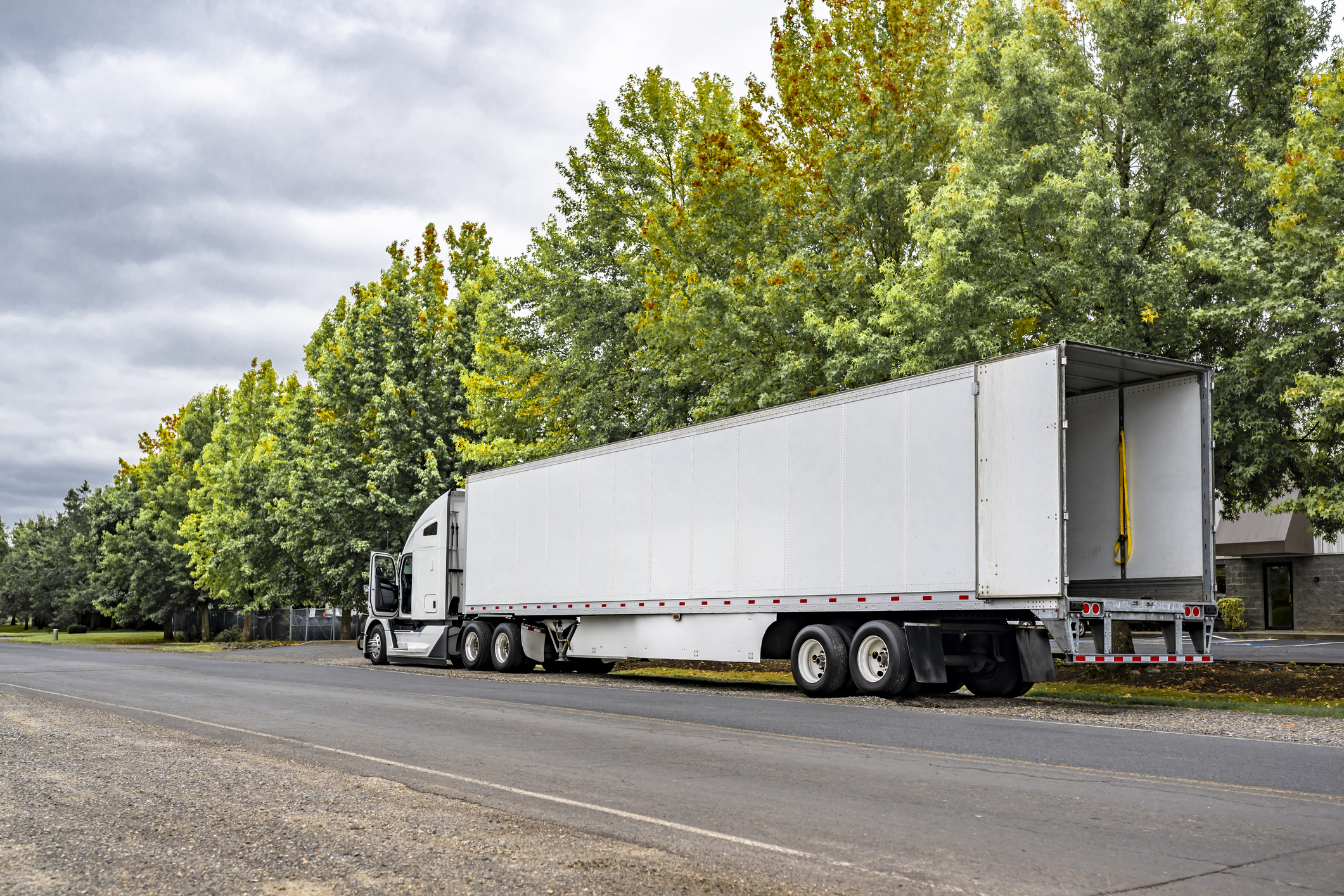What to Know About Pet Policies in Trucking

“Happiness is coming home and knowing your dog is there to greet you.”
We aren’t sure who coined that quote, but for many of us, coming home at the end of the day to a pet is one of our greatest joys.
So, imagine if for many days of the year “home” was in a truck. Wouldn’t you want your pet along for the ride?
That’s the case for many truck drivers these days, who are looking for trucking companies that allow pets onboard their vehicles. It might seem fluffy, but it’s become a much sought-after benefit — and it’s one that may lead to increased driver loyalty in a high-turnover industry.
If your company has been considering a pet policy, we’re weighing the pros and cons, as well as sharing some of what we’ve seen with WorkHound clients.
Why Do Drivers Want to Take Their Pets on the Road?
The very nature of truck driving often leads to drivers adopting a pet, and they logically want to take their pets with them on the road.
“Part of it is loneliness,” says Katie Love, Customer Success Manager at WorkHound. “Drivers are out for several days at a time, and it’s nice to have a companion. In some situations, a driver is able to take his or her partner on the road as well, so if they have a pet, it’s just easier to also take the animal on the road with them.”
There’s also a growing prevalence of support animals trained to assist people with managing medical conditions, both physically and mentally. In some instances, drivers need to take an animal on the road for those reasons.
“It’s all about keeping up with the trends,” Love says. “Lots of companies already have pet policies, so drivers are using that as leverage to advocate for similar policies when they begin working at a new company.”
Is a Pet Policy Right for Your Company?
While a pet policy is something many drivers are looking for, having one is not always an option for some companies. That’s often due the logistics and legalities of what’s being carried on the trucks.
“Some companies simply can’t have pets because of the type of freight they’re carrying — any type of food products or animals — due to the risk of cross-contamination or disease,” Love says. “In other situations, drivers may be in and out of their trucks regularly, presenting a situation where they could be potentially exposing an animal to excess heat. That simply wouldn’t be a safe space to keep a pet.”
Your insurance provider will also need to weigh in on the potential for allowing pets on board since in many cases they are considered a potential distraction or liability.
“Insurance companies may think that a pet is a distraction on the road, or they may think that some types of animals are overly aggressive or potentially dangerous,” Love says. “Some insurance providers will allow animals under a certain weight or of certain breeds.”
Beyond these considerations, listen to the feedback you’re receiving from your current and potential drivers. Do your best to carefully balance the requests of drivers with the logistics of whether a pet policy is a possibility for your business and what it should entail.
“We have a handful of companies that have pet policies,” Love says. “One, in particular, implemented their policy because of driver feedback, and we have several others who are weighing the options. It’s top-of-mind for drivers these days.”
Wish you could gather feedback more easily from your team of drivers? Let WorkHound go to work for you. Contact us today for a demo!
Let's Build Better Workplaces Together
Revolutionize your company culture and your worker retention rates by improving communication and engagement.
Book a Demo

